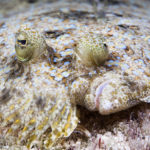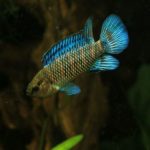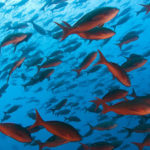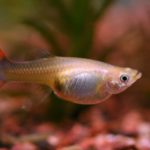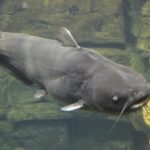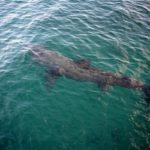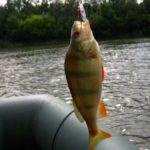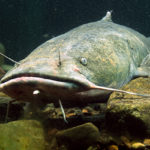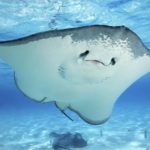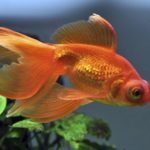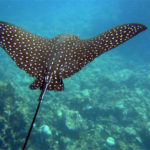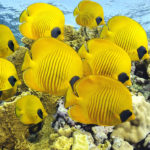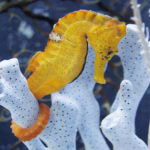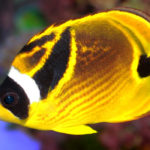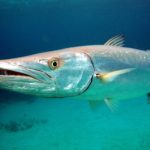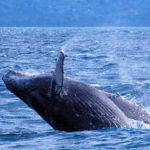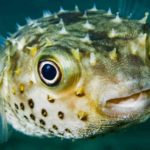Flounder
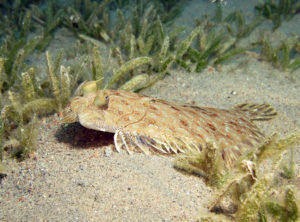 The adult flounder is recognized unmistakably – she has a very strong asymmetry of the body. The side of the fish on which she spends her entire adult life is pale and rough. There are no fins or eyes on it. The side facing the surface is smooth and disguised as the bottom color. As a rule, the top of the fish is dark brown, but it can vary depending on the habitat.
The adult flounder is recognized unmistakably – she has a very strong asymmetry of the body. The side of the fish on which she spends her entire adult life is pale and rough. There are no fins or eyes on it. The side facing the surface is smooth and disguised as the bottom color. As a rule, the top of the fish is dark brown, but it can vary depending on the habitat.
Young flounder in appearance does not differ from ordinary fish and floats vertically. Before the ripening of the fry, all the stages of changes that have occurred with flounder during thousands of years of evolution pass through. Hiding from enemies, flounder has adapted to go to the bottom, merging with the ground. One eye to observe what is happening from above is uncomfortable, so the eye of the fish, located on the lower side, gradually moved upward, to the upper side.
The movement of fish “in a plastic manner” along the bottom led to a rough roughness of the lower flank. To the touch, the fish on this side resembles a fine sandpaper. Her hard skin protects the flounder from sliding over sharp stones and pebbles. Sometimes the fish, in order to completely merge with the environment, is buried in the sand, leaving only the eyes on the surface. Moreover, some species of flounder even have the ability to change their pigmentation to the color of the bottom, like a chameleon.
The flounder feeds on crustaceans and small fish that live on the seabed. She has strong, well-developed teeth. In search of food flounder trying not to leave the bottom, but there are some species that are found in the high layers of water during feeding.
Flounder is the only fish that has been seen on the bottom of the Mariana Trench. When diving to a depth of 11 km. Jacques Picard drew attention to small flat fish, about 30 cm in length, similar to the habitual for us flounder.

